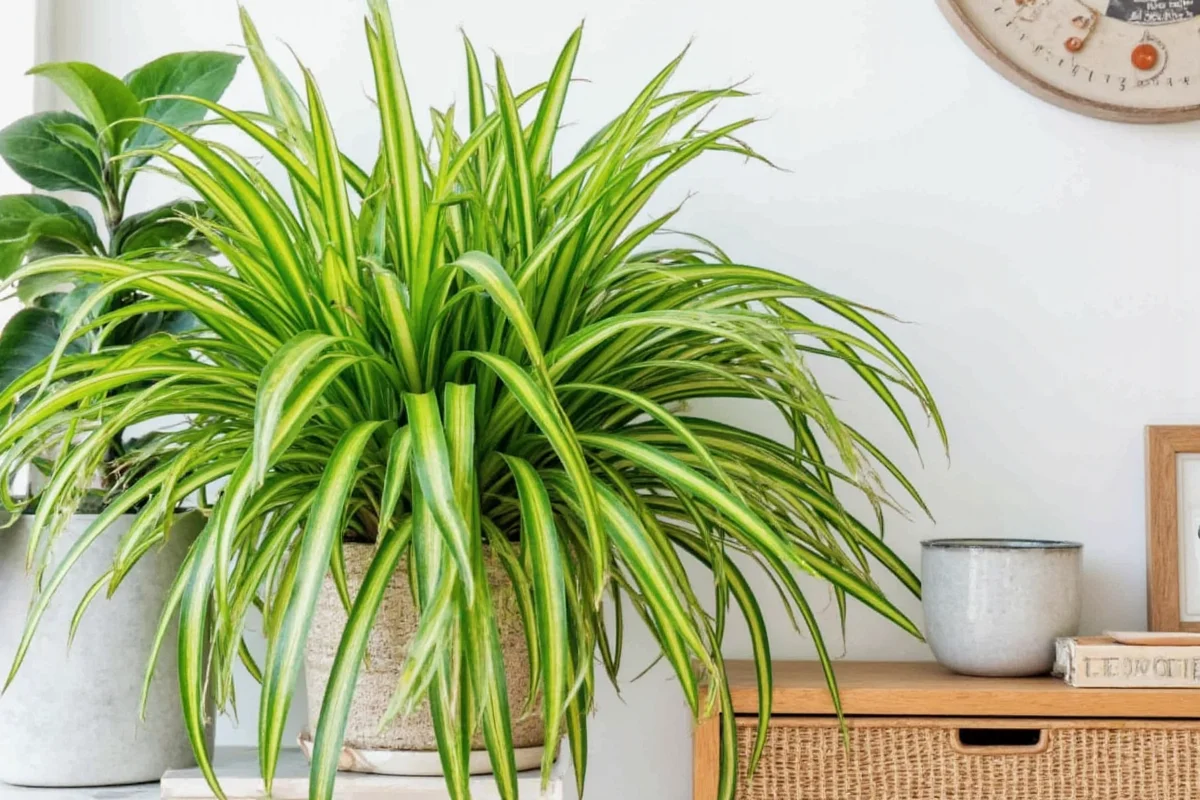Root rot is a common and distressing problem faced by many gardeners and plant enthusiasts. This condition severely affects the health of plants by attacking the roots, ultimately leading to their decay and the plant's demise. Understanding how to spot, treat, and prevent root rot can save your plants and help them thrive. In this article, we'll explore the ins and outs of root rot treatment, providing practical advice and clear steps to follow.
Understanding Root Rot
Root rot primarily results from overwatering and poor drainage, creating an environment where fungi thrive. Fungi in the soil attack the roots, causing them to rot. Symptoms include yellowing leaves, wilting, stunted growth, and in severe cases, plant death. Recognizing these signs early can help you take swift action.- Causes: Overwatering, poor drainage, and compacted soil.
- Symptoms: Yellowing leaves, wilting, and stunted growth.
- Types of fungi involved: Phytophthora, Pythium, Fusarium.
- Vulnerable plants: Houseplants, outdoor garden plants prone to moisture.
Effective Treatment Techniques
Treating root rot involves both emergency action and long-term care changes. Immediate intervention can save plants from death and set the stage for recovery.- Removing affected roots: Carefully extract the plant from soil and prune away rotten roots.
- Improving drainage: Use pots with drainage holes and well-aerated soil mixes.
- Using fungicides: Apply fungicidal solutions or natural treatments to affected areas.
- Repotting: Use fresh, dry soil and sterilize pots before replanting.
- Monitoring moisture levels: Ensure soil remains slightly damp but not waterlogged.
Prevention Strategies
Preventing root rot is about adopting habits that create a healthier environment for plants. It’s easier to prevent than to treat, so being proactive can save you trouble in the long run.- Watering wisely: Adjust your watering schedule to minimize excess moisture.
- Ensuring proper drainage: Select soil with good drainage properties, and use perforated pots.
- Inspecting plants regularly: Regularly check for symptoms of disease and act promptly.
- Choosing resistant varieties: Opt for plant species less susceptible to root rot.
- Maintaining soil health: Use organic matter to improve the soil’s structure and nutrient content.
Signs and Symptoms of Root Rot
Identifying root rot can be tricky as its symptoms often mimic other issues. However, knowing what to look for can make diagnosing and treating your plants much more straightforward.- Yellowing or browning leaves: A common sign indicating stress in plants.
- Wilting or drooping: Despite sufficient watering, plants appear limp and unhealthy.
- Soft or mushy roots: A direct indication of rot, requiring immediate attention.
- Slow growth and reduced vitality: Noticeably less development compared to healthy counterparts.
- Foul odor from soil: An unpleasant smell from the plant's base or soil.
Restoring Plant Health
Once root rot is dealt with, it's crucial to continue nurturing your plant back to full health. This section focuses on ongoing care and rehabilitation techniques to promote growth and resilience.- Consistent care: Stick to proper watering and maintenance schedules.
- Nutrient management: Provide balanced fertilizer to support recovery and growth.
- Environmental adjustments: Optimize light exposure and temperature for plant health.
- Regular check-ups: Continuously monitor roots and plants for signs of recovery.
- Encouraging soil health: Employ mulching and organic amendments to enrich soil.
Root rot treatment and prevention require diligence and an understanding of plant needs. By identifying the causes and symptoms early, utilizing effective treatment techniques, and adopting proactive prevention strategies, you can successfully manage root rot issues. This approach not only saves your plants but also enhances your garden's overall vitality and resistance to diseases.











 浙公网安备
33010002000092号
浙公网安备
33010002000092号 浙B2-20120091-4
浙B2-20120091-4